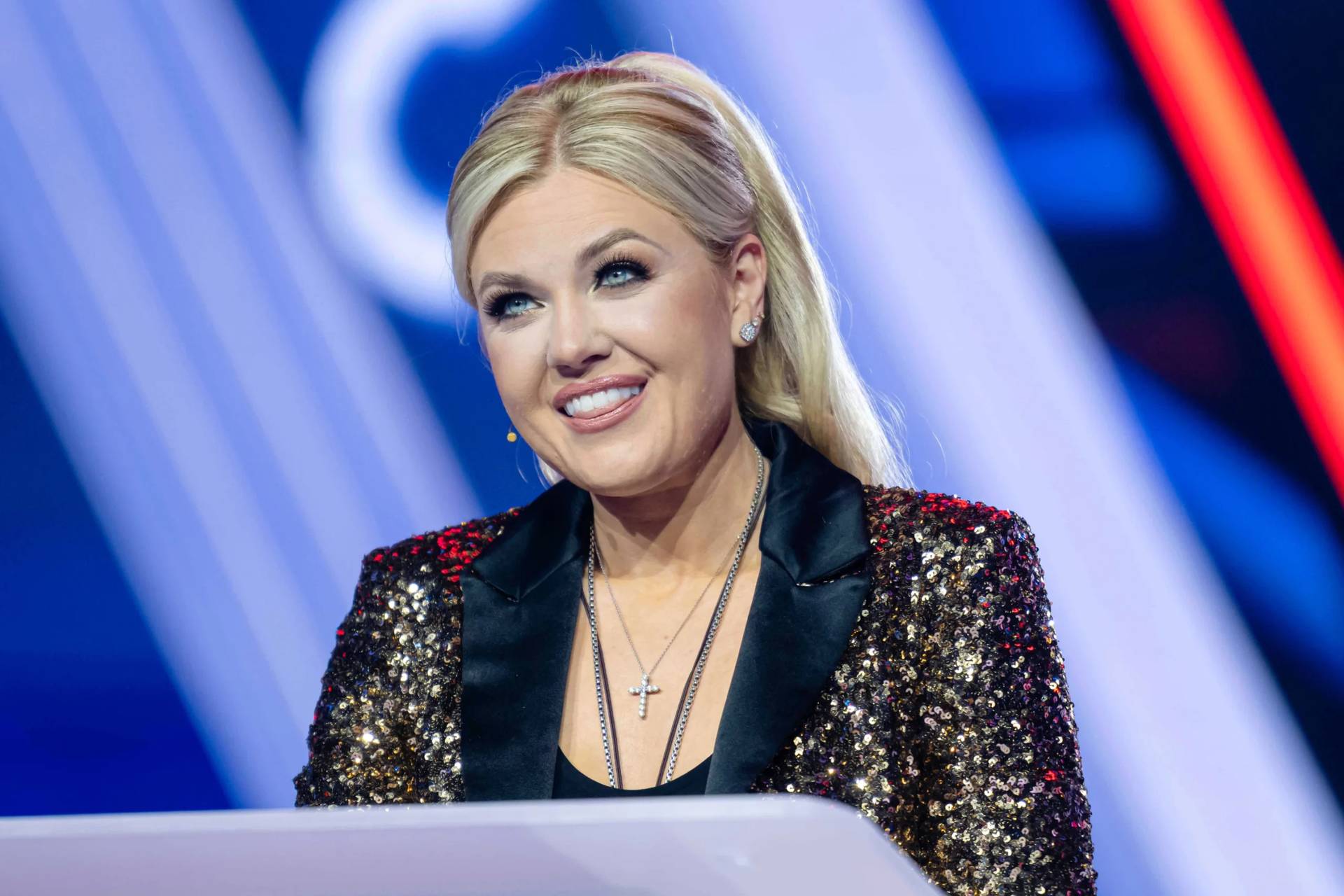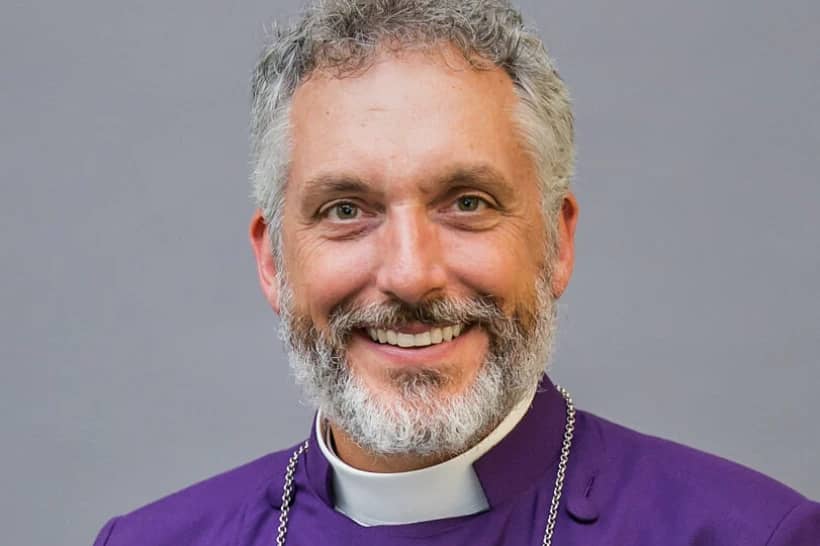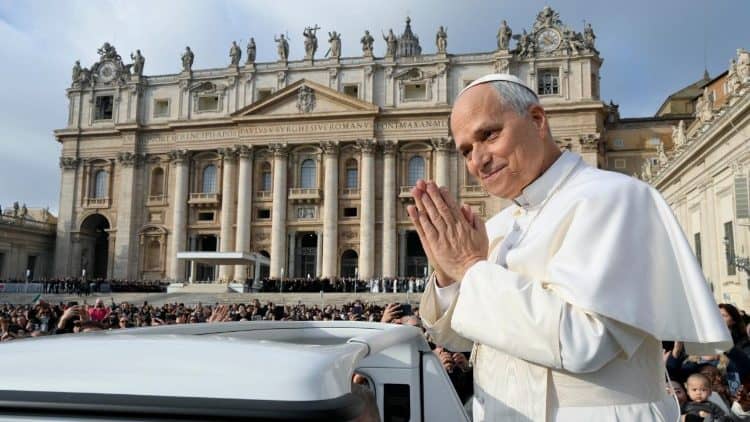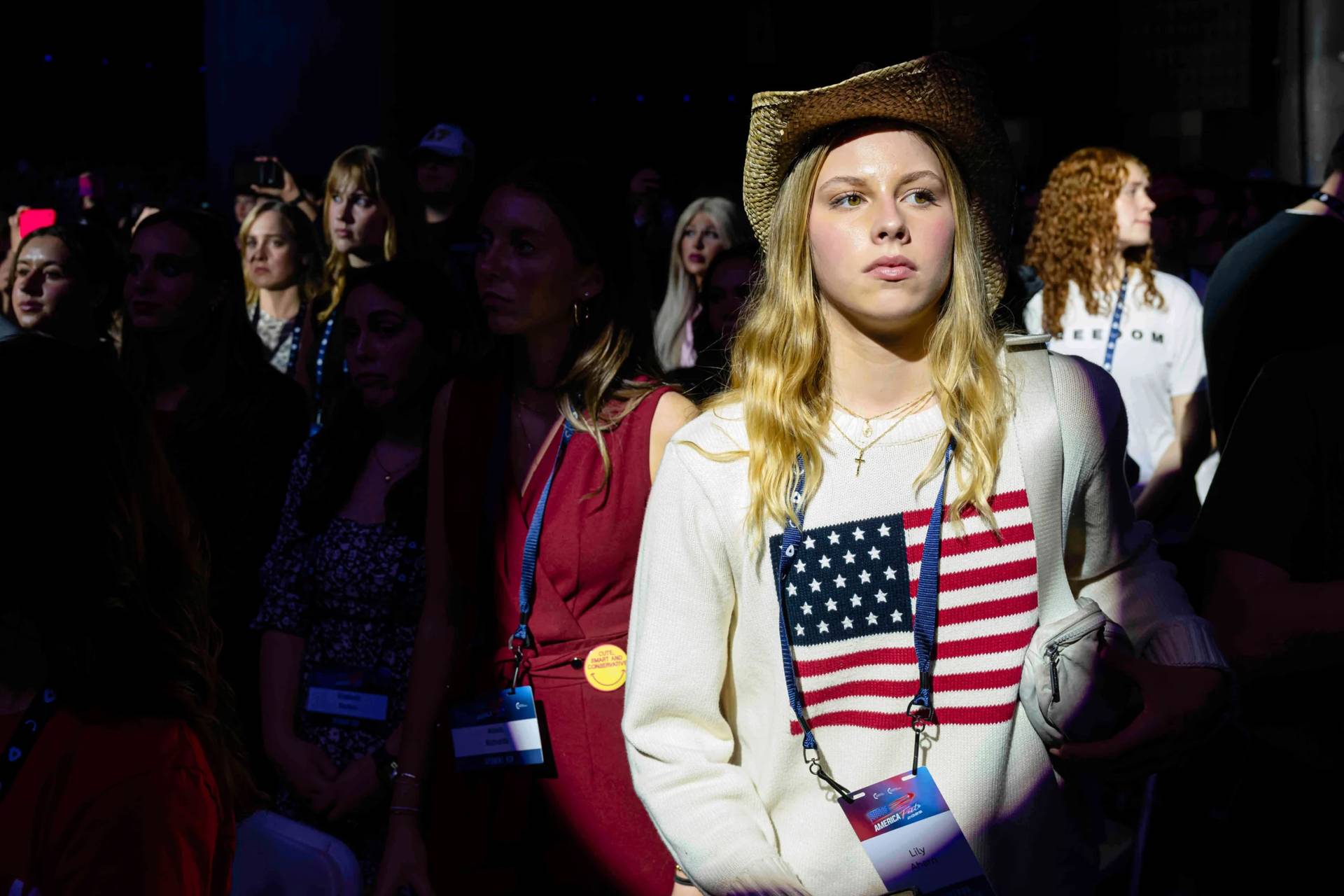When Pope Francis visits Egypt next month, his trip will hold interfaith, ecumenical, and political implications.
The pope will be visiting the most prominent educational institution in Sunni Islam, the leader of the largest Church in Oriental Orthodox Christianity, as well as Egypt’s leadership, who operate in an authoritarian regime with a spotty record in respecting political and religious liberty.
During his 28 to 29 April visit, the pope will meet everyone from heads of state, religious authorities, politicians, celebrities, activists, and journalists, to everyday citizens.
For those not on the scene, the visit will be accessible only through the media, which will have a tremendous opportunity – and power – to frame the event for the outside world.
Media organizations choose which features to highlight and which to downplay. Oftentimes, media from different systems approach the same event and portray it differently.
Although this may seem obvious in the written stories appearing in different publications, it is also true in how the event is visually rendered. In this case, “framing the story” is literally what is happening, and sometimes as much can be learned about storyteller as about the subject from examining the images coming from the event.
Therefore, it is critical to be aware of the importance of visual framing choices: Without such awareness, the same event can be depicted in drastically different ways and public opinion of it can be manipulated.
My co-authors – Greg Perreault and Margaret Duffy – and I recently published a peer-reviewed study, “Politicians, Photographers, and a Pope: How state-controlled and independent media covered Francis’s 2015 Cuba visit,” in Journalism Studies.
We took a close look on how that trip was covered by different media outlets, both state-owned and commercial.
Like Egypt, Cuba is an authoritarian regime, where religious freedom is circumscribed, and decades of communist rule mean fewer than 10% of the nominally Catholic country attend worship services regularly, rendering it effectively a minority religion.
The lessons learned from this earlier papal trip, can help people view the presentation of the pope’s upcoming Egypt trip with a critical eye.
For example, during the 2015 visit, Cuban photographers – socialized in an authoritarian, socialist culture where conformity is valued – depicted the pope’s visit overwhelmingly as a diplomatic visit by showing the pope interacting with politicians and other elites.
Conversely, photographers from the United States and Great Britain – both democracies where individual freedom and autonomy are prized – depicted the pope’s visit mostly as a religious event, with photos showing him celebrating Mass surrounded by tens of thousand of ordinary citizens wanting to hear what he had to say.
It will be interesting to see whether photographers in the Muslim-majority country photograph from a vantage point where the pope is equal to Muslims or is shown above or below them.
Similarly, if the pope denounces Muslim terrorists and highlights the persecution of Christians, as some predict he will, will Egyptian media ignore these messages and try to frame the event as a friendly diplomatic visit?
During the pope’s upcoming Egypt trip, here are five things to be on the lookout for:
- What social actors are depicted? Do the media focus more heavily on one group — elites, for example — at the expense of the common people? Who is being shown and who isn’t being shown? Is the pope shown interacting with one person, or type of person, more often than others?
- How is the pope shown in relation to others? Higher, on the same plane, or lower? Low angles communicate power and dominance, high angles indicate submission and servitude, while mid-angles evoke equality and unity.
- What is the purpose of the visit? Cuban officials detained more than 700 dissidents in the weeks leading up to the pope’s 2015 visit and Francis did not meet with any protesters during his time there. Popes John Paul II’s and Benedict XVI’s tame trips to Cuba were rewarded with government concessions, including foreign missionary visas and the establishment of Good Friday and Christmas as national holidays, so some critics have argued that Francis adopted a conciliatory rather than provocative approach in the hopes of gaining similar concessions. While Francis is in Egypt, triangulate his actions from multiple sources so you can better determine whether he’s there to pacify, satisfy, incite, minister, or evangelize.
- Where is the action occurring? Whether the pope visits a government building or basilica, pay attention to the backgrounds so you can better determine how the location affects the overall news frame. If the pope is shown outdoors, he’ll be viewed as more public and accessible, for example, than he will be in a presidential palace where only elites can enter.
- What are the news values and priorities of the media system? Some media systems, such as U.K.-based Reuters, favor behind-the-scenes coverage while others, such as U.S.-based AP Images, favor scripted and routine events, such as the items on the pope’s official itinerary. A photographer from a media system that values behind-the-scenes coverage, for example, would likely depart from the capital, Cairo, to see how the pope’s visit is affecting others in different parts of the country. They might visit bars and restaurants to see how the everyday folk regard the pope and whether, for example, they’re watching the pope’s address on TV, or the latest soccer match. Conversely, media that prefer scripted coverage will likely remain in the capital and document the press conferences, official state visits, and talks the pope will deliver while there.
By consuming media in a critical way – and using multiple sources when doing so – we can have a better understanding of not just papal events, but any news story. It will leave us better informed, and better able to assess the true meaning behind the coverage.
T.J. Thomson is a doctoral student at the Missouri School of Journalism, where he researches visual communication and the social psychology of media production.














